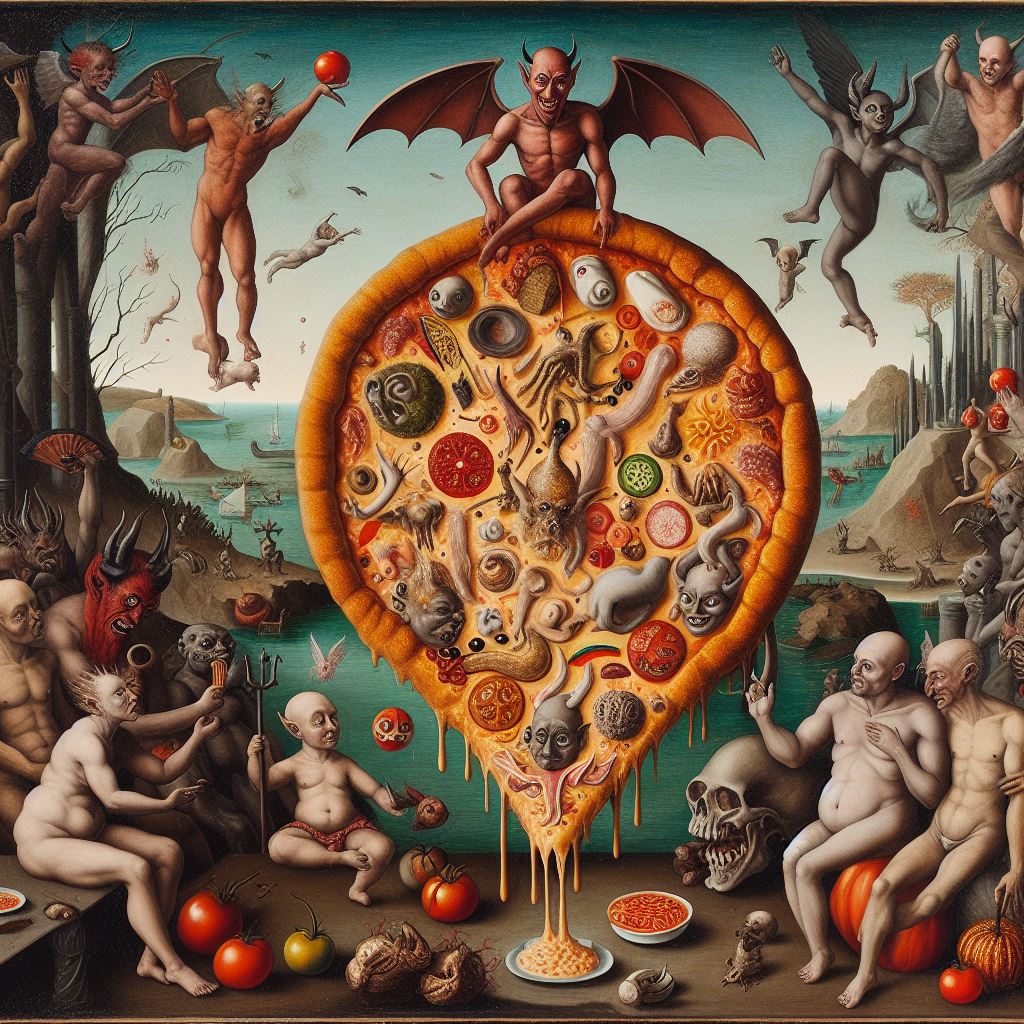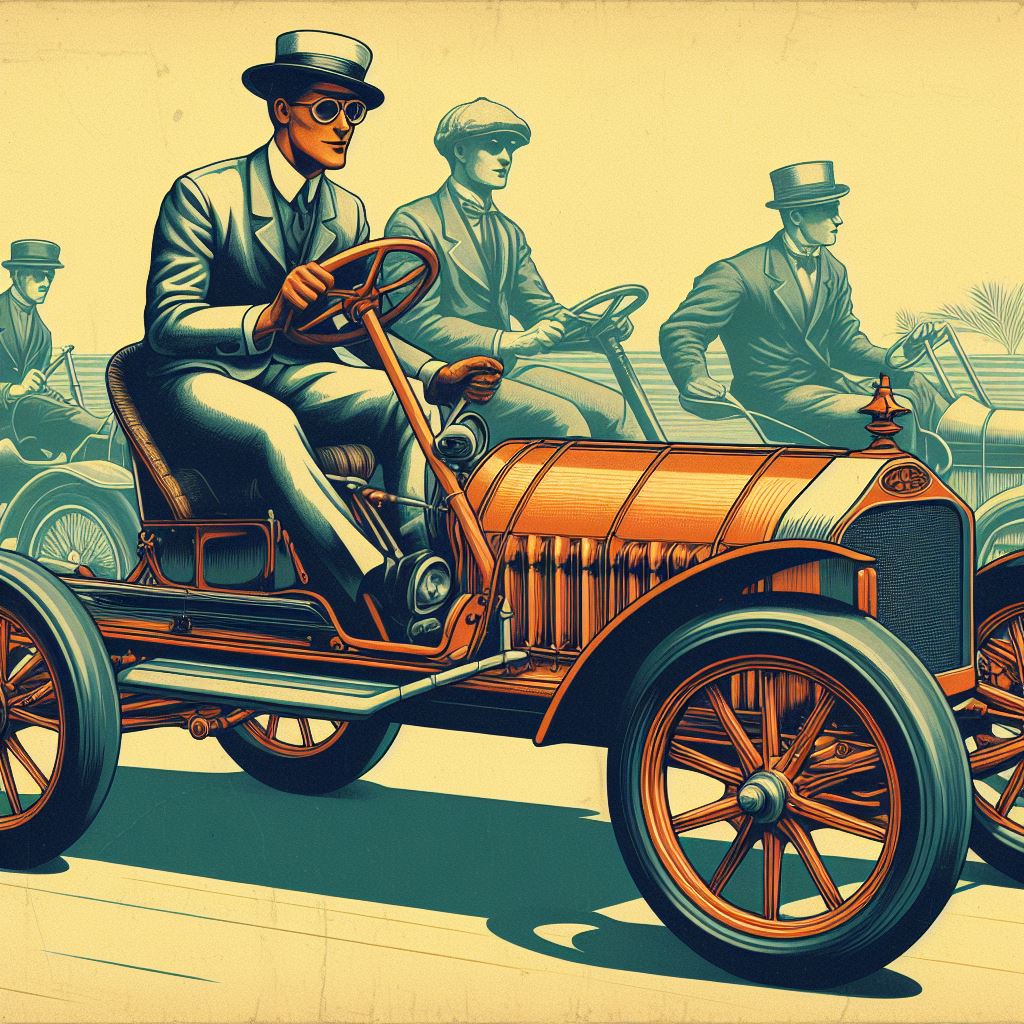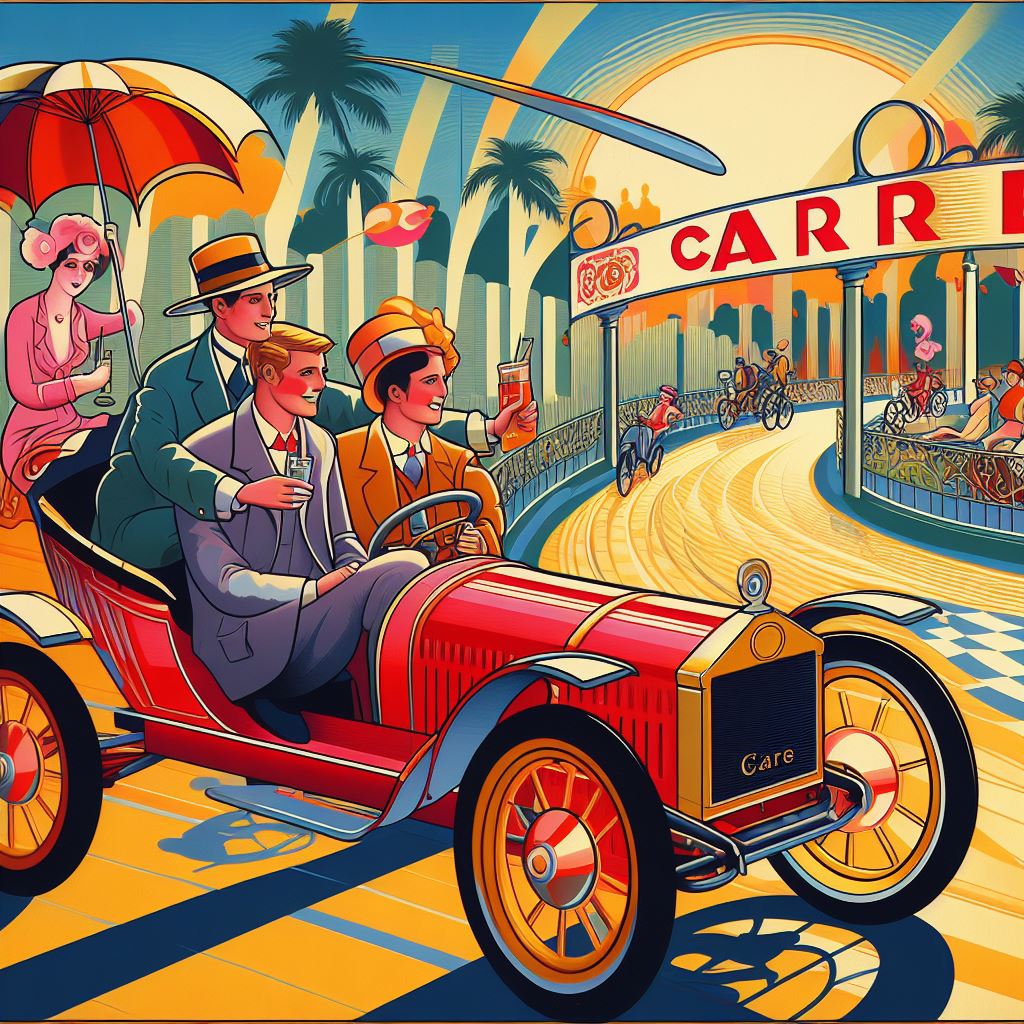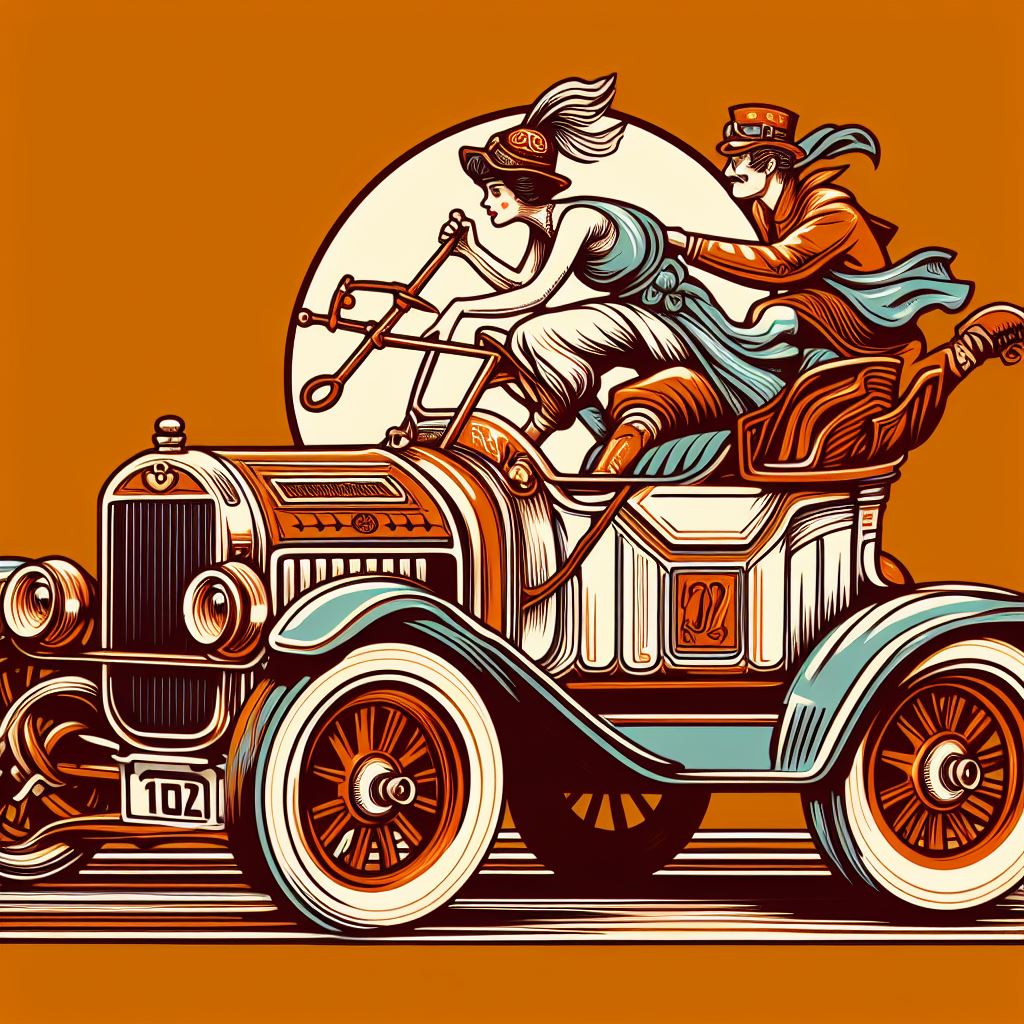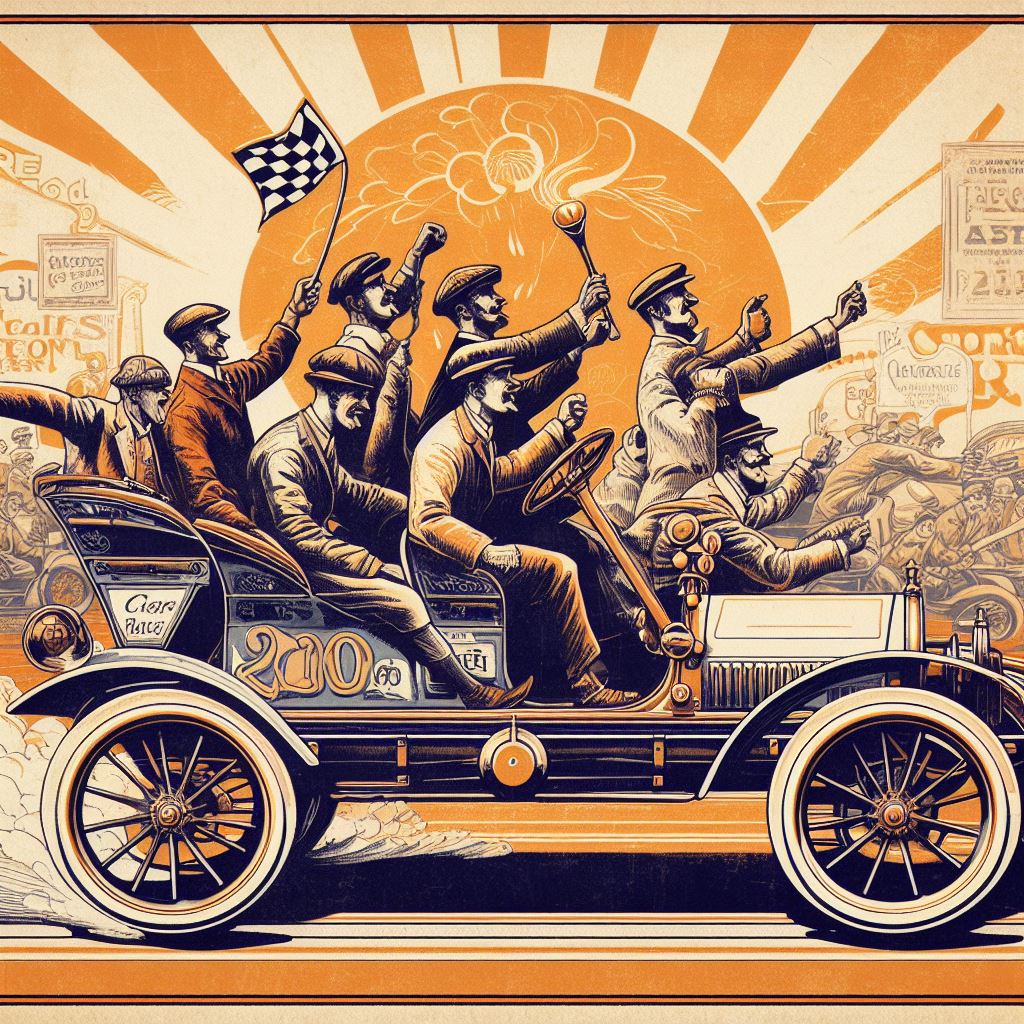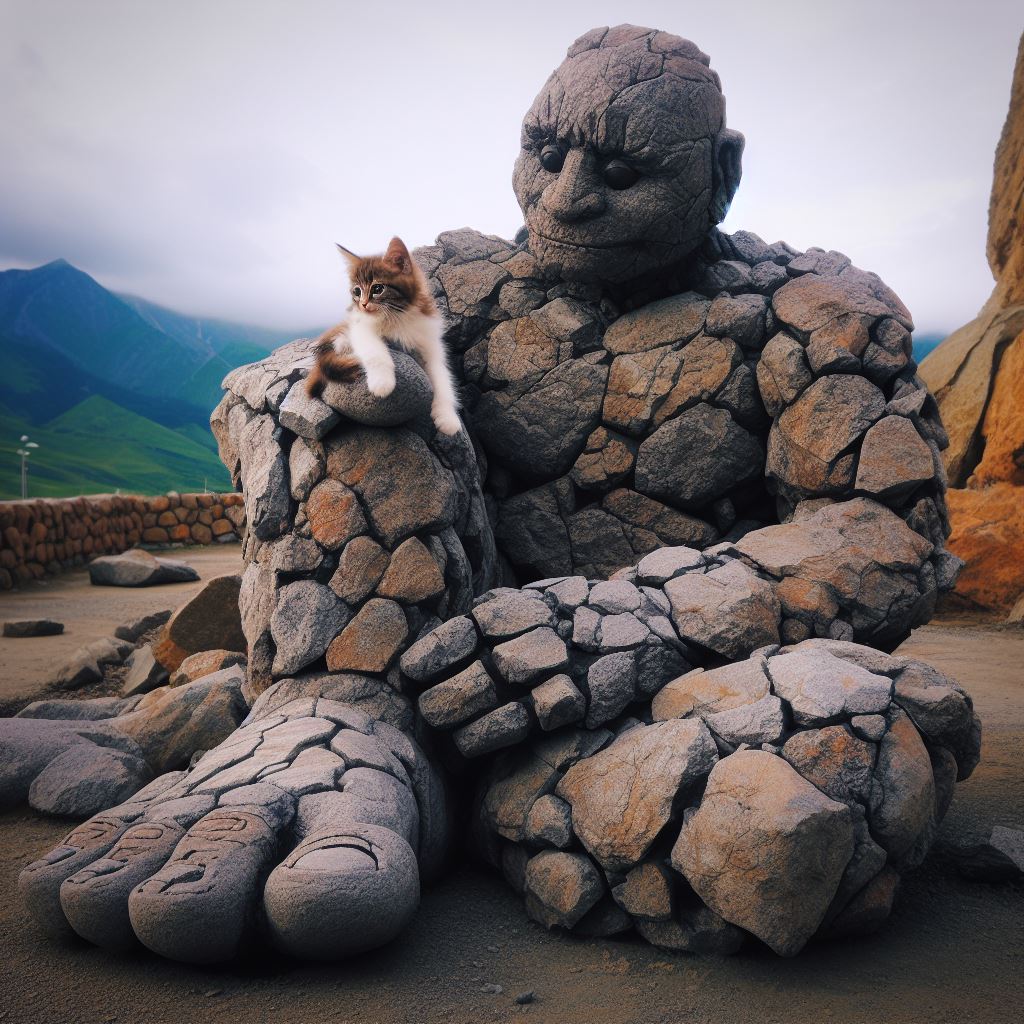
1. WRITE!
What makes you a writer? Writing makes you a writer. Being a writer says nothing about how good you are, how prolific you are, whether you are published or not. When you write you are a writer. When you don’t, you aren’t. So practice your craft and proudly call yourself a writer.
2. You are only as good as your own talent. GET OVER IT!
You have a gift. Maybe its a grand one and maybe you wish you could exchange it. But you can’t. It’s your gift and its only as good as it is. Sure, you can learn technique and structure and vocabulary, but you can’t be any better than you have the capacity to be. So grow up, deal with it and write fiercely.
3. Don’t try to be Shakespeare; he didn’t!
Every human being has a unique set of experiences so every writer has a unique perspective and a unique voice. Don’t try to copy someone’s style or subject matter or message. Tell us what you think, what you feel, what you see. There is a place in the universe for every individual mind. If you try to copy the shape of someone else’s spirit, that place will have already been taken. Be yourself and your place in the grand scheme of things is waiting.
4. Write from your passionate self
We all wear a mask to protect us from hurt in the world. It also blocks the light of our vision. As children, we quickly learn which behaviors are praised and which are punished. We learn to act other than we really feel to maximize our experience. In time,we buy into that mask, believing it is who we really are. But the mask evens out the peaks and troughs of our passion, leaving us afraid to explore the depths of our passion and reveal our true selves in words. To speak with a clarion voice, you must shatter the mask, discover your actual self, and thrust it into the world.
5. Be a Story Weaver – NOT a Story Mechanic!
Structure is important but not at the expense of passion. No one reads a book or goes to a movie to experience a great structure. Authors come to a story to express their passions and readers and audience members come to ignite their own. While structure is the carrier wave upon which passion is transmitted, without the passion, it’s just noise. Conversely, passion without structure can be full of sound and fury yet signifying nothing. So find the proper balance. Let passion be your captain and structure be your guide.
6. Let your Muse run wild.
The easiest way to give yourself writer’s block is to bridle your Muse by trying to come up with ideas. Your Muse is always coming up with ideas – just not the ones you want. If you try to limit the kind of material you will accept from her, she’ll shut up entirely. So let your Muse run free. When she gives you an hysterical moment with a polka-dot elephant while writing a serious death scene, consider including it, perhaps as an hallucination. Give it a try, it might liven up your death scene! And after you’ve written it, if it doesn’t work, then save it in a file for later use. It may seem like a waste of time, but your Muse will know she has been treated with respect, and will likely now give you just the idea you need.
7. Don’t be a slave to convention
Beginning writers often look to other successful stories to learn how things ought to work. But so do all the other beginning writers. A book editor, agent, or script reader sees hundreds of manuscripts every year, all made up of the same pieces and hitting the same marks. You’ll never get noticed in that crowd. If you want your work to be discovered, break format, shake it up, do something different. Make your sheriff 8 years old, make your two lovers twins, set your gothic romance underwater. You’ll never be noticed if you don’t stand out.
8. Be your own critic without being critical
Write something. Do it now. Now look at it not as an author, but as a reader or audience and ask questions about it. For example, I write, “It was dawn in the small western town.” Now I ask: 1. What time of year was it? 2. What state? 3. Is it a ghost town? 4. How many people live there? 5. Is everything all right in the town? 6. What year is it. Then let your Muse come up with as many answers for each question as possible. Example: 6. What year is it? A. 1885 B. Present Day C. 2050 D. After the apocalypse. Then repeat: D. After the Apocalypse. 1. What kind of apocalypse? 2. How many people died? 3. How long ago was the disaster, and so on. By alternating between critical analysis and creative Musings, you will quickly work out details about your story’s world, who’s in it, what happens to them and what it all means.
9. Avoid the Genre Trap
Too many beginning writers see genres as checklists of elements and progressions they must touch, like checkpoints in a race. But a genre is not a box in which to write. It is a grab bag from which to pull only those components you are truly excited to include in your story. Every story has a unique personality, you build it chapter by chapter or scene by scene with every genre choice you make. By drawing on aspects of many different genres and combining those pieces together, you can fashion an experience for your readers or audience unlike any other.
10. WRITE!
No matter what your natural ability, you will never approach your potential without exercise. Jot down every idea. Carry it as far as you can before it runs out of steam. Do it again, and again: as many different ideas as far as you can take them. Write nonsense words. Write your concept of a villain’s shopping list for the supermarket (they have to eat, don’t they?) Write about anything. Write about nothing! But don’t stop, not now, not ever. You are a writer aren’t you? Then for God’s sake, WRITE!
Melanie Anne Phillips












